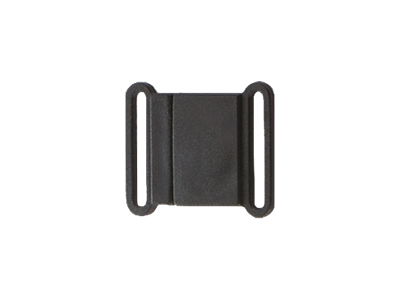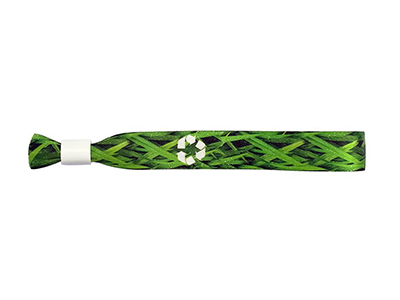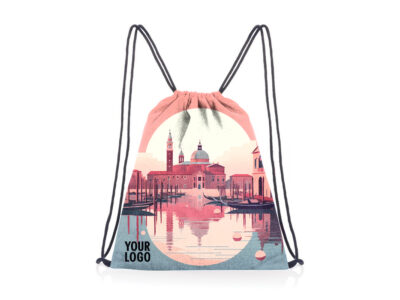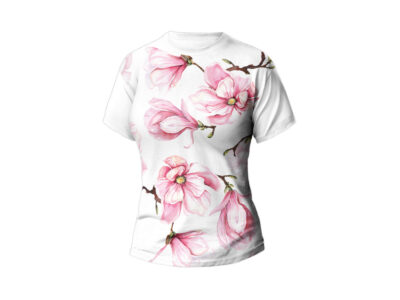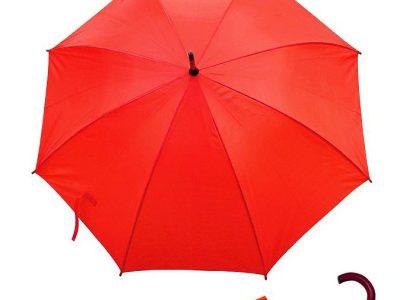Latex printing
Latex printing is an innovative technique that is gaining more and more popularity in the world of printing. By using latex paints, this ecological method allows you to create durable, colorful, and high-quality prints on a variety of surfaces. It introduces new opportunities in the fields of advertising, interior decoration, packaging, and many other industries. In my entry, I will introduce you to the process of creating latex printing and discuss its advantages and applications.
The process of creating latex print
The process of creating a latex print begins with the preparation of graphics in the computer program to be printed. Then the latex printer is configured with appropriate parameters such as material type, resolution, color settings, and other technical details.
When the graphics and settings are ready, latex paints are exposed to the material using printheads. These heads contain microscopic nozzles that precisely apply paint to the surface of the material. When applying the paint, the printer simultaneously heats it, and the water from the paint is evaporated, which causes the print to dry quickly.
The process of heating and evaporating water is crucial because it allows the hardening of latex paint on the material. This stage ensures durability, weather resistance, and abrasion printing. After printing and drying the print, the material is ready for further processing or use in the ordered project.
An important aspect is also the calibration of the printer and monitor. It is a process of adjusting the colors and parameters of the printer to get the most accurate representation of graphics on the material. Calibration guarantees color consistency and printing accuracy for various projects.
This technology characterized by high precision and quality, providing sharp details and a wealth of colors. In addition, latex paints are flexible and adhere well to different surfaces, which allows printing even in hard-to-reach areas.
The process of creating latex printing is relatively fast and effective, which makes it attractive for mass production. Latex technology is used in many industries, such as advertising, architecture, interiors, packaging, and clothing, enabling the creation of durable and high-quality prints on a variety of materials.
Latex printing: advantages
Latex printing has many advantages. First, latex paints are organic because they do not contain organic volatile compounds (VOC), which are harmful to the environment and health. They are also safe to use and do not emit unpleasant odors. In addition, latex paints are durable and resistant to fading, which ensures long-term print quality. They are also flexible and can adapt to different surfaces, ensuring good grip on materials such as fabrics, banners, foils, and vinyl.
Another advantage of thiskinad of printing is the wide range of colors and intensities that can be achieved. Latex paints offer rich, vibrant colors and excellent reproduction of details, which makes them the perfect choice for printing graphics, photos, or logos. In addition, latex printing can be done on a variety of surfaces, including flat, uneven, and three-dimensional objects.
Latex printing is also characterized by high quality, weather resistance, and durability. Printed materials are resistant to UV radiation, which protects the print against fading and loss of quality. Latex printing is also waterproof, which makes it ideal for outdoor applications such as banner ads or information boards.
Latex printing: disadvantages
Nevertheless, this technique has some disadvantages. This process may be more time-consuming compared to other printing techniques. In addition, investment costs in a latex printer may be higher than for other printers, but in the long term, operating expenses are usually lower because latex paints are more efficient and economical.
To sum up, latex printing is an innovative and ecological printing technique that offers durable and high-quality prints. It is ideal for a variety of applications, both inside and outside. Its advantages include environmental friendliness, a wide range of colors, durability, and weather resistance.
No products were found matching your selection.

